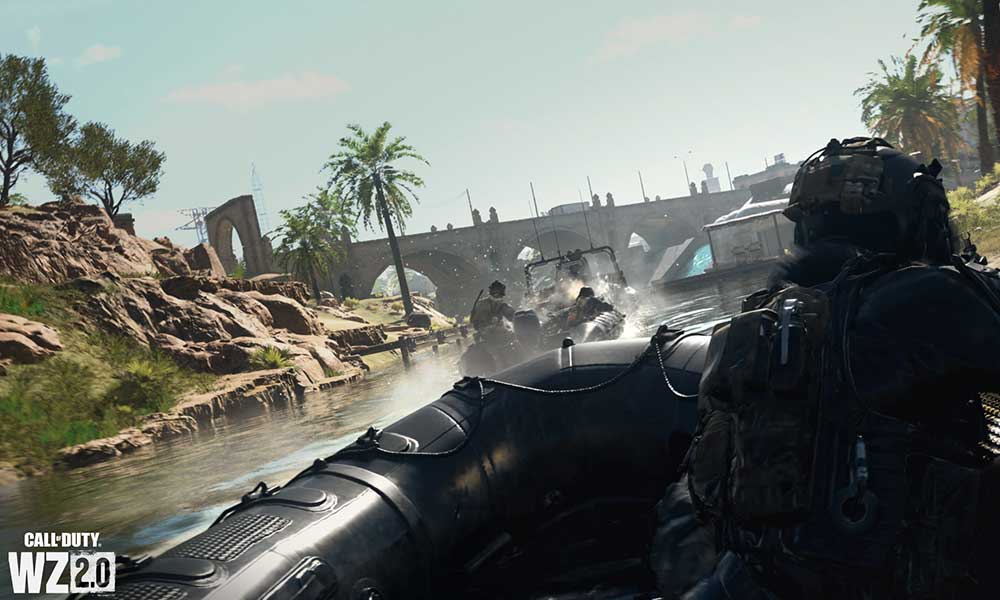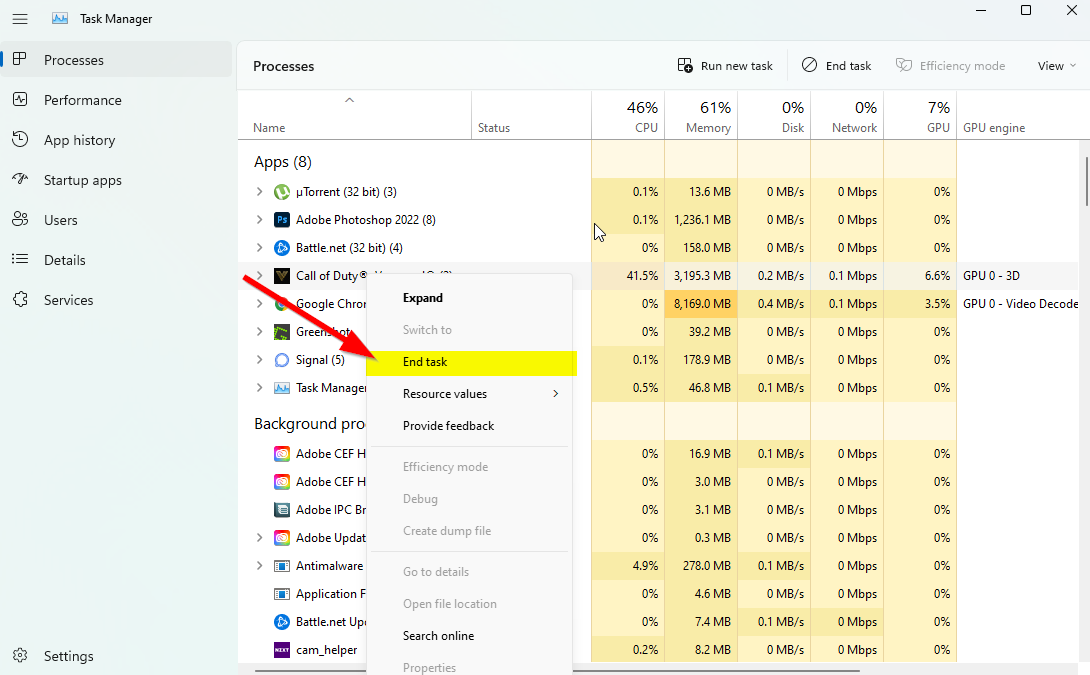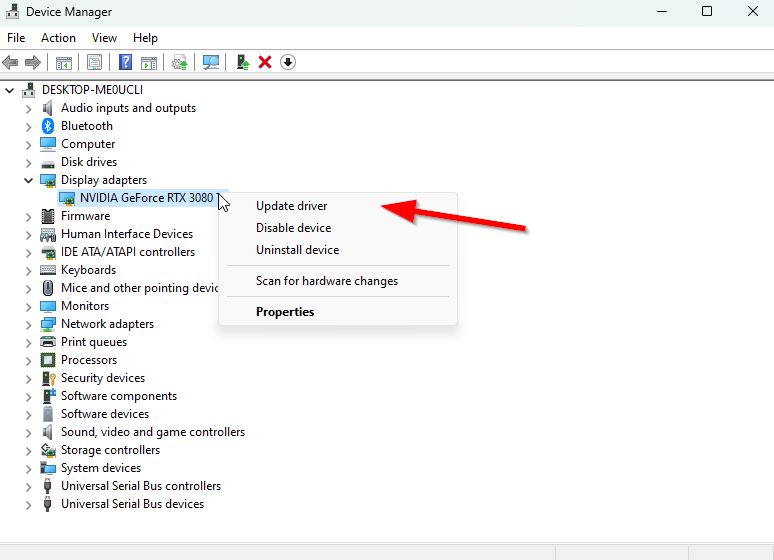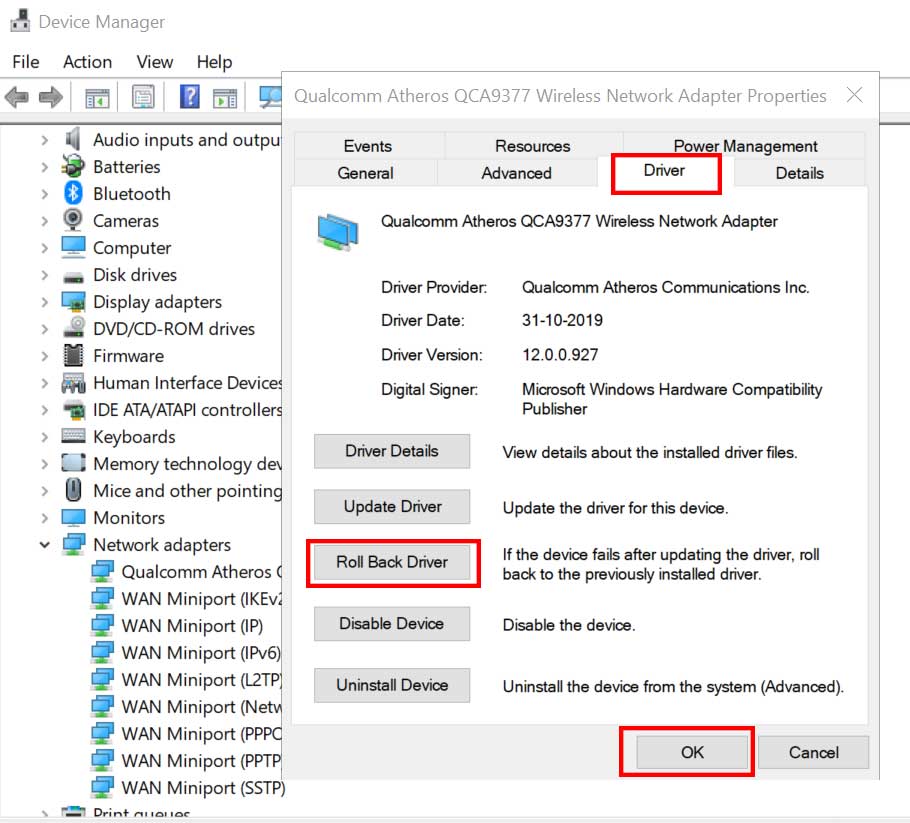Whenever a glitch or bug causes multiple issues with the game launching and running properly, developers try fixing them earlier. However, some of the bugs or issues can be fixed manually by the affected players as per their preference. Meanwhile, it seems that Call of Duty Warzone 2.0 players often face the white screen or flashing lights issue, which is frustrating.
Now, if you’re also one of the victims of such an issue, don’t worry. Here we’ve shared with you a couple of possible workarounds that should come in handy to resolve the issue. The screen flashing or flickering issue eventually affects several Call of Duty: Warzone 2.0 players during the gameplay sessions, where the screen becomes white from the side edges and less visible.
Also Read
Warzone 2 Fetching Online Profile or Data Error, How to Fix?
Warzone 2 Best Mouse and Keyboard Settings
Fix: COD Warzone 2 DMZ Building 21 DLC Error
How to Play Call of Duty Warzone Mobile on PC?
How to Increase Faction Reputation Quickly on COD Warzone 2 DMZ
Fix: Warzone 2 DMZ Can’t Access Backpack After Wallet Unlock
How to Fix COD MW2 and Warzone 2 Won’t Update in Season 5
All Faction Missions and Rewards in Warzone 2 DMZ Season 5

Page Contents
Fix: Warzone 2 White Screen or Flashing Lights
Additionally, some of the reports claim that the specific bug looks like a flash bang has been thrown out, and everything gets stuck simultaneously. It’s preventing players from playing the game easily, so affected players are looking for solutions.
There seem to be several possible reasons behind the white screen or flashing lights issue on Warzone 2.0, such as issues with the outdated game version, incorrect game settings, an outdated graphics driver, and more. Luckily, there are multiple troubleshooting methods mentioned below that can help you to get out of it. So, without wasting any more time, let’s jump into it.
Also Read
1. Force Close Warzone 2
First of all, you should force close the Warzone 2.0 game on your PC and then close the background running task from Task Manager. The chances are high that even after closing the game on the computer, the game application or the game launcher application is still running in the background. You can follow the steps below to close the game and launcher completely then run the game again freshly.
- Close and exit the game as well as the respective launcher.
- Now, press the Ctrl+Shift+Esc keys to open Task Manager.

- Click on Processes > Check for the game or client task.
- Click on the particular task and select End Task to close it forcefully.
Please Note: Do the same steps for each task that consumes higher resources on the system.
2. Update Warzone 2.0
You can manually check for the game update to ensure no update is pending at your end. An outdated game version can easily trouble you a lot, including stability issues, crashes, screen glitches, cache data issues, lags, bugs, and more. You can follow the steps below to do so.
For Battle.net:
- Open the Battle.net launcher on your PC.
- Now, click on the COD: Warzone 2.0 you’re trying to repair.
- Click on the cogwheel icon (settings) next to the Play button.
- Finally, select Check for Updates and wait for the process to be completed.
- If there is an update available, make sure to download and install the game update.
For Steam:
- Open the Steam client > Go to Library.
- Click on COD: Warzone 2.0 from the left pane.
- Steam will automatically search for the available update.
- If there is an update available, click on Update.
- Just wait for some time until the update completes.
- Once done, ensure to reboot the PC to apply changes.
Also Read
3. Verify and Repair Game Files
In some cases, missing or corrupted game files on the computer may also cause several issues when it comes to the installation or updating of the game. Luckily, most game launchers do come with a built-in option to verify and repair the installed game files automatically that can be used to fix several issues. To do this:
For Battle.net:
- Launch the Battle.net client on your PC.
- Now, click on the COD: Warzone 2.0 game.
- Click on the cogwheel icon (settings) next to the Play button.
- Select Scan and Repair > Click on Begin Scan.
- Wait for the repair process to finish > Reboot the PC to apply changes.
For Steam:
- Launch Steam > Click on Library.
- Right-click on COD: Warzone 2.0 from the list of installed games.
- Now, click on Properties > Go to Local Files.
- Click on Verify Integrity of Game Files.
- You’ll have to wait for the process until it gets completed.
- Once done, reboot your computer to apply changes.
4. Enable Vertical Sync or Vertical Refresh
It’s also suggested to enable the vertical sync or vertical refresh feature respective to your graphics card by following the steps below. Vertical Sync or Vertical Refresh is a graphics technology that synchronizes the game’s frame rate value with the monitor’s refresh rate to avoid screen tearing and glitches to some extent. To do that:
Enable V-SYNC: (Nvidia)
- Right-click on your desktop screen to open the Content Menu.
- Open the Nvidia Control Panel application.
- Go to 3D Settings > Head over to Manage 3D Settings.
- Change Vertical Sync to ON and save changes.
Enable Vertical Refresh: (AMD)
- Right-click on the desktop screen to open the Context Menu.
- Go to AMD Radeon Settings > Select Wait for Vertical Refresh to Always On.
- Once done, launch the game, and check for the issue again.
5. Check Updates for the Graphics Driver
Another thing you should do is update the graphics driver version on your PC by following the steps below. If there is an update available, make sure to install the same. An outdated GPU driver can cause several issues with the program launching, such as in games or even during gameplay sessions. Not only does your game look pathetic, but your PC won’t be able to run at its full potential due to graphics conflict. To do that:
- Press the Win+X keys to open the Quick Access Menu.
- Click on Device Manager from the list.
- Double-click on Display adapters to expand it.

- Right-click on the dedicated graphics card that’s active or you’re using.
- Now, click on Update driver > Click on Search automatically for drivers.
- It’ll automatically check for the available update, then download and install the latest version.
- Just wait for the same and reboot the PC to apply changes.
If there is no update available for your GPU, you can go to the official graphics card website from the links below and search for the model of your graphics manually. Make sure to download and install the latest GPU driver for your model number per the manufacturer.
6. Rollback the Graphics Driver
You should also try rolling back or downgrading the Nvidia graphics driver on the PC to the previous stable build to fix the in-game graphical glitches or screen tearing issue. You’ll have to do this manually by following the steps below:
- Press the Win+X keys to open the Quick Link Menu.
- Select Device Manager > Double-click on Display adapters to expand it.
- Right-click on the active graphics card > Select Properties.

- Click on the Driver tab > Click on Roll Back Driver (if available).
- Follow the on-screen prompts to complete the process.
- Once done, make sure to restart your computer to apply changes.
Note: If in case, the Roll Back Driver option is greyed out for you, then follow the next method below.
7. Use the Dedicated Graphics Card
It’s highly suggested to always use the dedicated (external) graphics card on your desktop for heavy games and applications to get higher graphics performance all the time. To do that:
For Nvidia GPU:
- Right-click on the blank desktop screen > Open Nvidia Control Panel.
- Go to 3D Settings > Click on Manage 3D Settings.
- Open Program Settings > Select Warzone 2.0 from the list.
- Select the Preferred graphics processor for this program from the list.
- Once done, you can see it as High-Performance Nvidia Processor.
- Make sure to save changes and reboot the PC.
For AMD GPU:
- Right-click on the blank desktop screen > Open Radeon Settings.
- Head over to Additional Settings > Go to Preferences.
- Click on Power > Click on Switchable Graphics Application Settings.
- Select Warzone 2.0 from the list.
- If the game is not visible, select Add Application to include the game.
- Once done, select High Performance from Graphics Settings.
- Finally, reboot the PC to apply changes.
That’s it, guys. We hope this guide was helpful to you. For further queries, you can comment below.
Also Read
